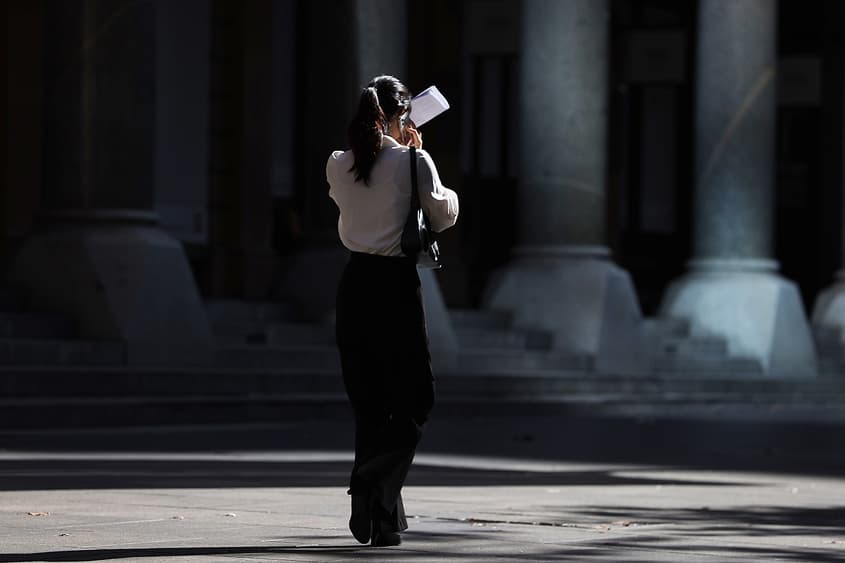New data shows that only one-in-nine jobseekers (11.7%) found long term employment via a job agency in the financial year ending in June 2025. This is despite an increase in public funding through Workforce Australia, a Commonwealth Government service which pays private job agencies to help people who are unemployed find jobs.
Wed 5 Nov 2025 12.00

Photo: AAP Image/Jane Dempster
New data shows that only one-in-nine jobseekers (11.7%) found long term employment via a job agency in the financial year ending in June 2025. This is despite an increase in public funding through Workforce Australia, a Commonwealth Government service which pays private job agencies to help people who are unemployed find jobs.
The involvement of private agencies in the unemployment benefit system began in 1998, when the Howard Government replaced the government-run Commonwealth Employment Service. It instead contracted private or community-run job agencies to help people find jobs.
This was combined with the “mutual obligation” requirement for those receiving the benefit. This became known as the “Work for the Dole” program. Those receiving payments are required to do “work like” activities for a certain number of hours and/or to demonstrate an effort to find employment. Jobseekers sign up with private job agencies as a way of showing they are looking for a job. An agency claims “outcome payments” from the government when a client has completed 4, 12, or 26 weeks of work (the latter being considered long-term).
In short, instead of helping some of its most vulnerable citizens directly, the Commonwealth Government makes them jump through hoops to receive Jobseeker payments, and private companies who capture handsome profits in the process.
Over one-in-four of Jobseeker payment recipients have disability or health conditions which affect their capacity for work, as recognised by the Albanese Government’s employment whitepaper from September 2023.
The system is doing little to meet the whitepaper’s objective of “delivering sustained and inclusive full employment.”
The abysmal employment outcome for jobseekers is well below the government’s target of 15% of the jobseekers finding long-term employment; it is also a deterioration from the 13.2% from FY2023-24. The figures are published in the annual report of the Commonwealth’s Department of Employment and Workplace Relations.
At a time when unemployment has been trending up, the system is not doing enough to alleviate the growing economic pain many are feeling.
The Australia Institute has pointed out that Australia could substantially lift its unemployment payments without any meaningful disincentives for working. In fact, among all 33 OECD countries, Australia has the lowest unemployment payment relative to average wages. Other OECD countries take much better care of their citizens who are unemployed. As one of the richest nations in the world, why shouldn’t Australia do the same?
Let’s stop, take a deep breath, and have a look at what the facts say.